A Copa del Rey semi-final Clasico at the Estadio Santiago Bernabeu is a big occasion, and Real Madrid headed into the tie feeling positive after a 1-1 draw at the Camp Nou, but after an evenly fought first half, they ended up on the losing side.
Despite being by far the better side, they were on the end of yet another thrashing from Barcelona on home turf as Luis Suarez scored a brace, the second from the penalty spot, either side of Raphael Varane’s own goal. His display showed Real Madrid just what they were missing as they spurned chance after chance at the other end.
Here, our tactical analysis will use statistics to identify what key points Santiago Solari and Real Madrid can take from the game as they crashed out of the Copa del Rey at the penultimate hurdle to Barcelona.
Lineups
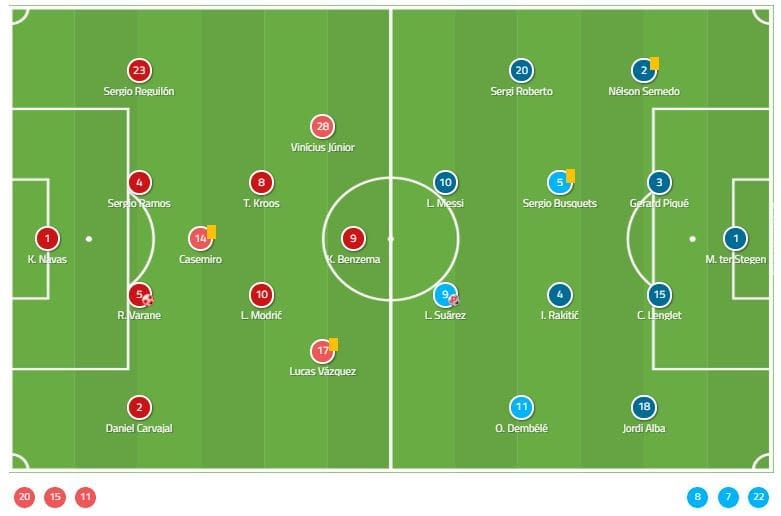
Both teams went largely as expected with their team selections, with some big names not involved for Real Madrid. Marcelo and Gareth Bale kept their places on the bench, and Isco was left out entirely. Barcelona’s attempt to congest the right hand side with Sergi Roberto and Nelson Semedo was a clear tactic to control Vinicius Junior, though it had little success.
Vinicius has room to improve
Rarely can one player be so polarising with a single performance. The heart of everything that Real Madrid achieved in attack, he led the way and wreaked havoc up against Nelson Semedo, skinning the full-back with 11 successful dribbles. It’s an incredible statistic and shows just how much free reign he achieved down the left flank and showed all of the good work he did, but he could never apply the finishing touch.
With 1.1 xG, over half of Real Madrid’s total, he really should have been expected to get on the scoresheet. He had several chances, yet few were the same. For two in particular, he cut inside as he often does and shot, though it would be fair to point praise to Marc-Andre ter Stegen rather than to blame the teenage Brazilian. Another chance was a clear case of him disappointing though. He managed to find space between Gerard Pique and Clement Lenglet with some intelligent movement, only to rocket his shot over the bar from just nine yards out.
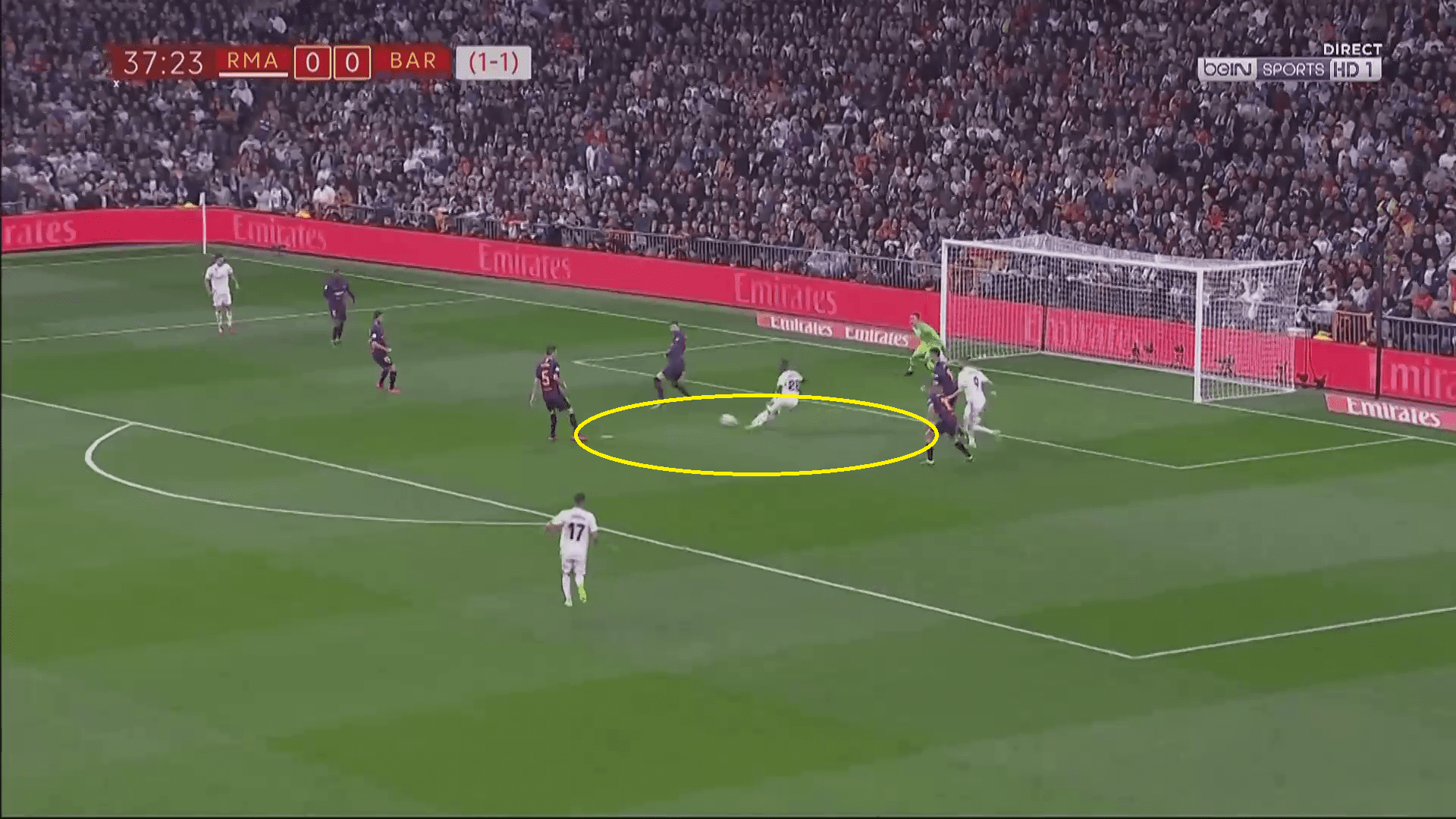
Vinicius is a hugely exciting player with incredible promise, but he won’t truly be world class until he can become more clinical in front of goal. With three goals from 75 attempts with the first team, he knows where he needs to improve. Solari can’t afford to wait much longer for him to do so and must act now to remove the reliance of Real Madrid on just one player with such little experience and such raw talent.
Lucas Vazquez’s continued role is baffling
Just as Real Madrid depend on Vinicius on the left, they rely on Lucas Vazquez on the right. Week after week, his role becomes more confusing. It would be harsh to criticise the player himself, given that he performed well and his defensive tracking back was what held a fragile backline together at times, even though he did get forward when possible. His work rate cannot be doubted, but the use of it most certainly can be.
His heat map and average positions reflect that, with him almost on top of Dani Carvajal on many occasions, but that was not the advanced option that Real Madrid needed in attack. As Barcelona read the game plan clearly time and time again, the team often found itself looking to the right for a solution and a new option which could spread play. Vazquez could have helped Real diversify from the predictable burst down the wing from Vinicius, but he was missing halfway down the pitch having tracked back.
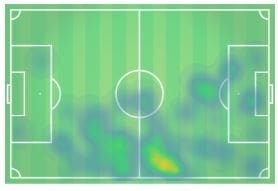
When he went forward, Vazquez failed to manage a single shot. With 95% pass accuracy and 12 successful duels, he cannot be criticised for his contribution, but it is not the offensive threat that Real Madrid require on both flanks as they look to break down teams of real quality on both sides of the pitch.
Real Madrid are too predictable
Real Madrid started brightly and dominated much of the game, particularly between 15 minutes and the opening goal just before the hour mark. Solari’s side pressed high and won the ball back in advanced positions, immediately putting Barcelona under pressure and there was a clear feeling that they were on edge. Everything looked to be going well, with dominance from the hosts even though the goal hadn’t yet come. Yet Barcelona still found a way to exploit the Real Madrid defence and find three goals.
Much of that had to do with the fact that Real Madrid were too predictable. With Solari’s clear first choice selection other than in goal, where Keylor Navas returned to his usual role in the Copa del Rey, Ernesto Valverde knew exactly how the players would be positioned and what to expect even by simply watching their most recent outing against Levante. A look at the average position map below shows that, with the only real changes being that Sergio Reguilon was slightly more advanced, with Lucas Vazquez more conservative, balancing out on each flank.
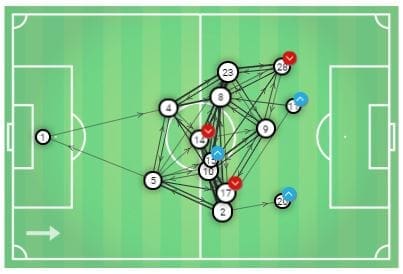
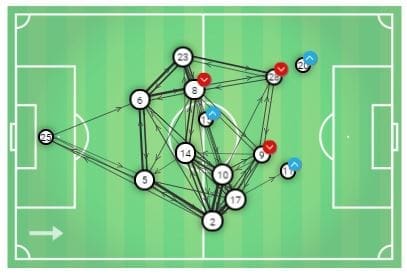
By breaking forwards on the counter, using the wings and relying on Ousmane Dembele, Barcelona stuck to their basics too, but Real Madrid could not stop it. Solari may have found a formula that works well for him, but he cannot afford to stick to it at all costs as he did in midweek. With the threat of Vinicius and others with real pace and quality, Solari has made it too easy for rivals to predict and anticipate what is to come and prevent it.
The potential is there
It would be easy to look at this tie as an entirely negative experience for Real Madrid. The truth of it, ignoring the admittedly important aspect of the result, is that the home side outplayed Barcelona for almost all of the 90 minutes. Los Blancos boasted three clear-cut chances, compared to Barcelona’s one, with 2.18 xG compared to 0.92. The end result should have been a clear and decisive victory for Real Madrid.
With seven shots around the penalty spot it is rare for any side to fail to convert, let alone one of Real Madrid’s quality. For the third game in a row Real Madrid underscored their xG, but this time their all-round play was much stronger. They had slightly more possession, won 15% more of their challenges than Barcelona, had three times more attempts on goal and generally looked the more comfortable of the two teams. All that was missing was the finishing touch.
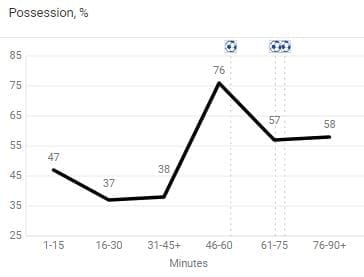
As has already been touched upon with the analysis of Vinicius, all that is really missing is a clinical striker. With that in the side, and if Real Madrid were to frequently outscore their xG as they did with Cristiano Ronaldo in the side, this side could be a frightening prospect. Instead, they are left to envy what Barcelona have: a number nine who may not be at his best, or anywhere near it, but can still pop up with crucial goals when his team need them.
Conclusion
What was perhaps most unusual was that Real Madrid lost by playing like Barcelona and Barcelona won by playing like Real Madrid. There were plenty of reasons to believe that Real Madrid have what it takes to be successful but one element is missing in the form of a clinical striker. Until that man arrives, Solari cannot do much more, even if it does seem that he will pay the price with his job come the end of the season.
If you love tactical analysis, then you’ll love the digital magazines from totalfootballanalysis.com – a guaranteed 100+ pages of pure tactical analysis covering topics from the Premier League, Serie A, La Liga, Bundesliga and many, many more. Buy your copy of the February issue for just ₤4.99 here, or even better sign up for a ₤50 annual membership (12 monthly issues plus the annual review) right here.

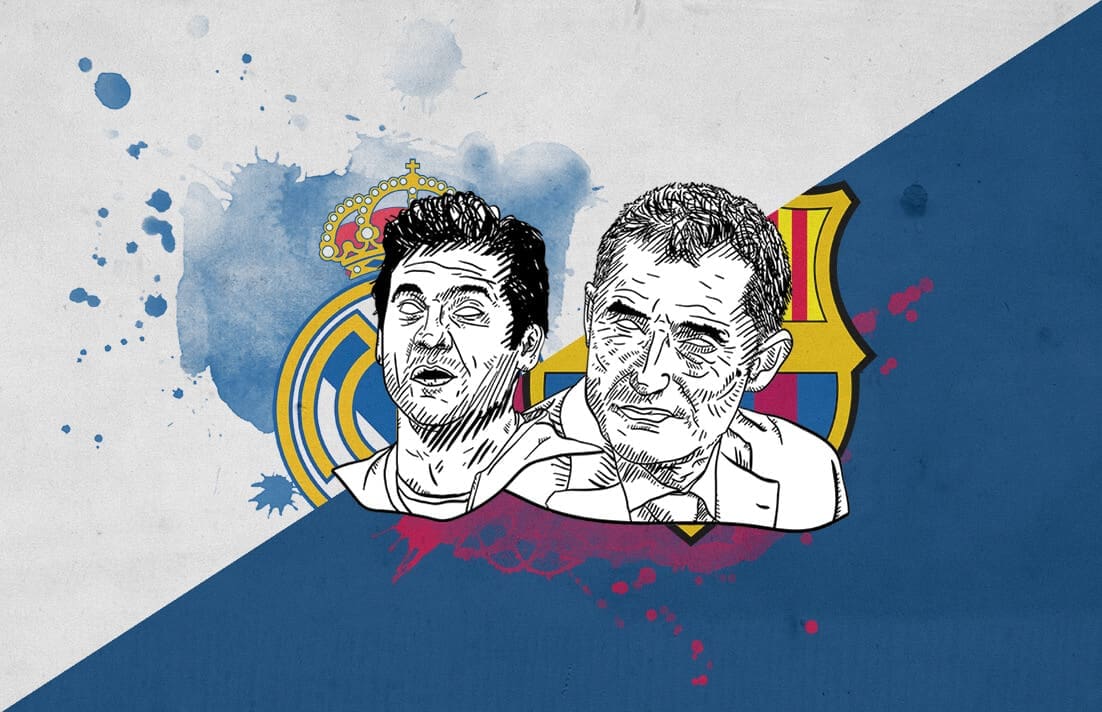



Comments